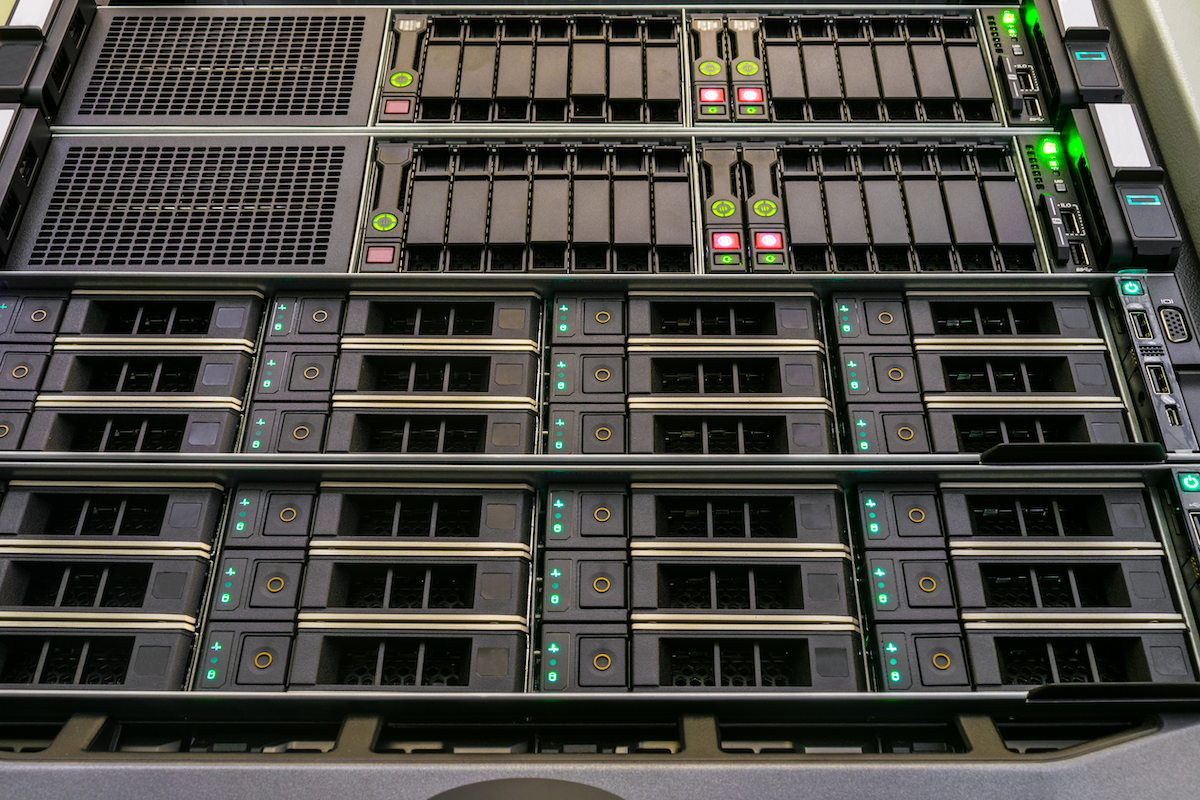The Importance of Mutual Understanding Between IT and Facilities – Part 4: Specifying Solid State Storage or Tape Storage13 min read

Dramatic differences in required rates of temperature change could impact access to free cooling.
Different RH requirements change access to free cooling and requirement for humidity management.
Decisions about storage architectures are another IT management responsibility with implications on the effectiveness and efficiency of the mechanical plant. While cost has inhibited widespread adoption of solid state storage,6 the impending exponential growth in storage capacity requirements may speed up the tipping point on that adoption rate. However, there are also mechanical plant operational differences between tape storage and solid state storage. The previously-cited ASHRAE TC9.9 environmental guidelines for data processing equipment state a significant difference between the allowable rates of temperature change for tape storage versus solid state storage. While supply temperature rate of change for tape storage is limited to 9° F per hour, that same parameter for solid state storage is 36° F per hour. On the surface, that distinction may not seem that critical because it may be difficult to imagine 9° F, much less 36° F temperature swings in a data center. However, the specification is for “rate of change,” not total absolute change; therefore, a 2° F change in 10 minutes equates to a rate of change of 12° F per hour, and would therefore exceed this maximum requirement.
In situations discussed earlier in this series where a data center could be designed and constructed without any refrigerant mechanical plant or where an economizer system might perform either an N+1 or 2N availability guarantee for a data center, it is easily conceivable that the data center could potentially be exposed to temperature fluctuations exceeding this threshold. Therefore, the potential 3:1 acquisition and maintenance premium associated with solid state storage should be evaluated in terms of the cost avoidance of both a chiller acquisition and its installation, as well as its operating cost over the life of the data center.
6James Maguire, “Leading Data Storage Trends: Solid State and Software Defined,” Enterprise Storage Forum, April 30, 2014.
Real-time monitoring, data-driven optimization.
Immersive software, innovative sensors and expert thermal services to monitor,
manage, and maximize the power and cooling infrastructure for critical
data center environments.
Real-time monitoring, data-driven optimization.
Immersive software, innovative sensors and expert thermal services to monitor, manage, and maximize the power and cooling infrastructure for critical data center environments.

Ian Seaton
Data Center Consultant
Let's keep in touch!
0 Comments